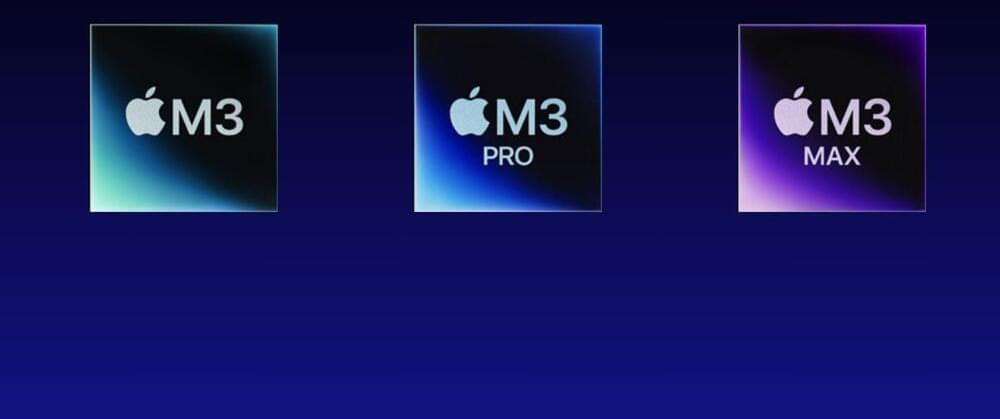They’re called vibrotactors and they vibrate to provide orientation cues.
A number of factors, such as the lack of gravity, changed sensory inputs, and the unique conditions of space travel, can cause disorientation in astronauts. This phenomenon is so severe that it can even be deadly to the space dwellers.
A new path for safer space travel
Usually, astronauts must undergo extensive training to guard against it. However, researchers have now released a new study that shows that wearable gadgets called vibrotactors that vibrate to provide orientation cues may greatly increase the effectiveness of this training providing a new path to making space travel safer and more comfortable for astronauts.
“Long duration spaceflight will cause many physiological and psychological stressors which will make astronauts very susceptible to spatial disorientation,” said Dr Vivekanand P. Vimal of Brandeis University in the United States, lead author of the research. “When disoriented, an astronaut will no longer be able to rely on their own internal sensors which they have depended on for their whole lives.”









